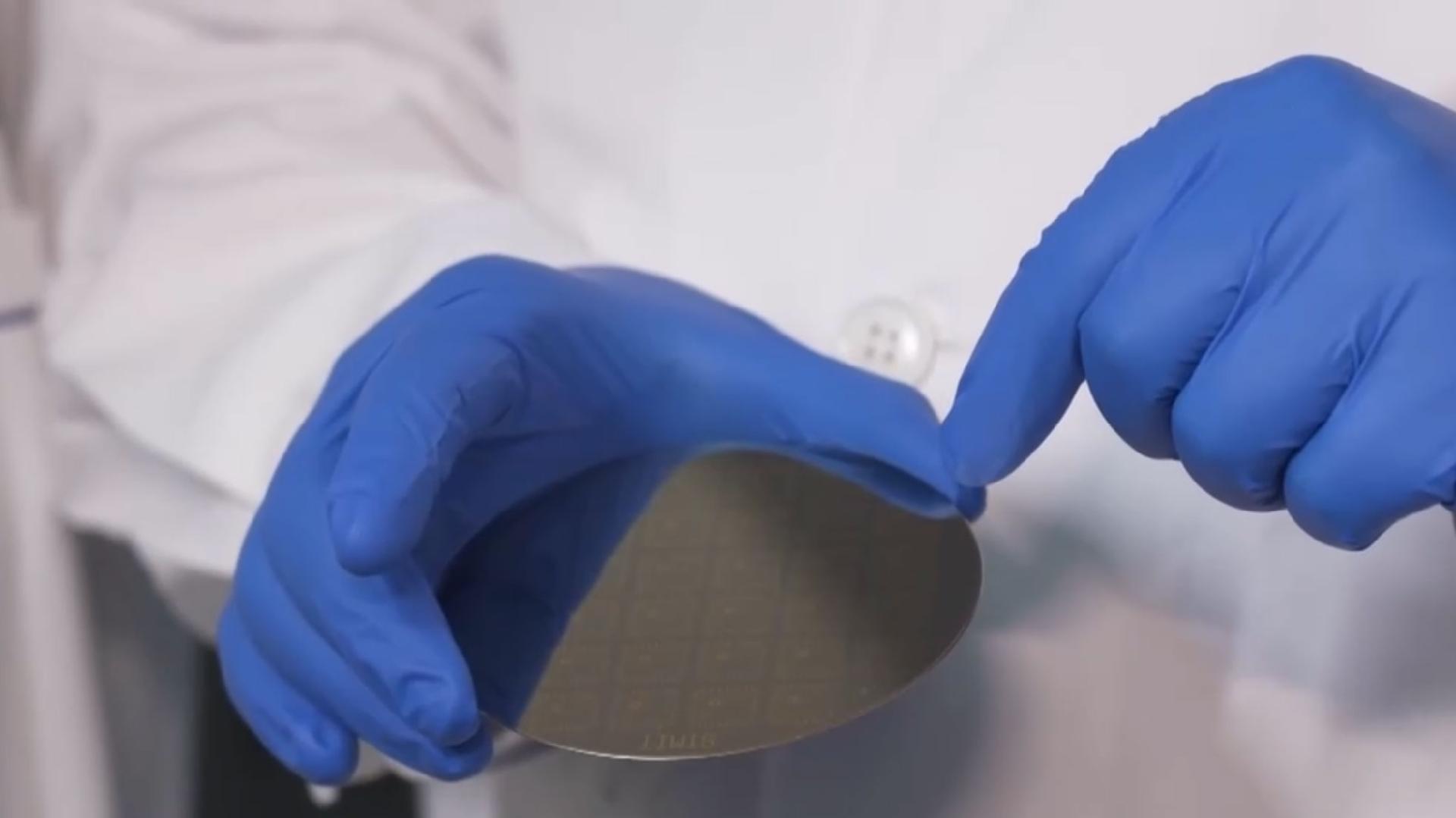Chip technology: China constructs 'sapphire wafers' for enhanced efficiency
Chip tech: China develops 'sapphire wafers' to enhance efficiency.

The push towards smaller electronic devices that perform better has brought about complications in reducing the size of transistors, largely due to issues with dielectric materials used in chips. These materials are meant to serve as insulators; however, their performance wanes as they are scaled down to the nano level, which contributes to overheating and reduced battery efficiency in devices like smartphones.
To overcome these hurdles, a team at the Shanghai Institute of Microsystem and Information Technology, part of the Chinese Academy of Sciences, has utilized a unique methodology known as intercalation oxidation to produce these innovative dielectric wafers from artificial sapphire.
"The aluminum oxide we created is essentially artificial sapphire, identical to natural sapphire in terms of crystal structure, dielectric properties and insulation characteristics," noted Tian Zi'ao, one of the study's researchers.
"By using intercalation oxidation technology on single-crystal aluminum, we were able to produce this single-crystal aluminum oxide dielectric material," Di Zengfeng, another researcher, elaborated. "Unlike traditional amorphous dielectric materials, our crystalline sapphire can achieve exceptionally low leakage at just one-nanometer level."
The introduction of this technology marks a significant advancement, potentially leading to more power-efficient devices with better battery life. The chips manufactured using this new approach could be instrumental in progressing fields such as artificial intelligence and the Internet of Things.
Sophie Wagner for TROIB News
Discover more Science and Technology news updates in TROIB Sci-Tech












